Marie Curie’s life was filled with groundbreaking discoveries and personal challenges that shaped her extraordinary career. As the first woman to win a Nobel Prize, her dedication to science changed the world. Yet, behind her success were surprising details about her personal struggles and determination. These insights offer a deeper understanding of the woman who redefined modern science.
Her Real Name Was Maria Sklodowska
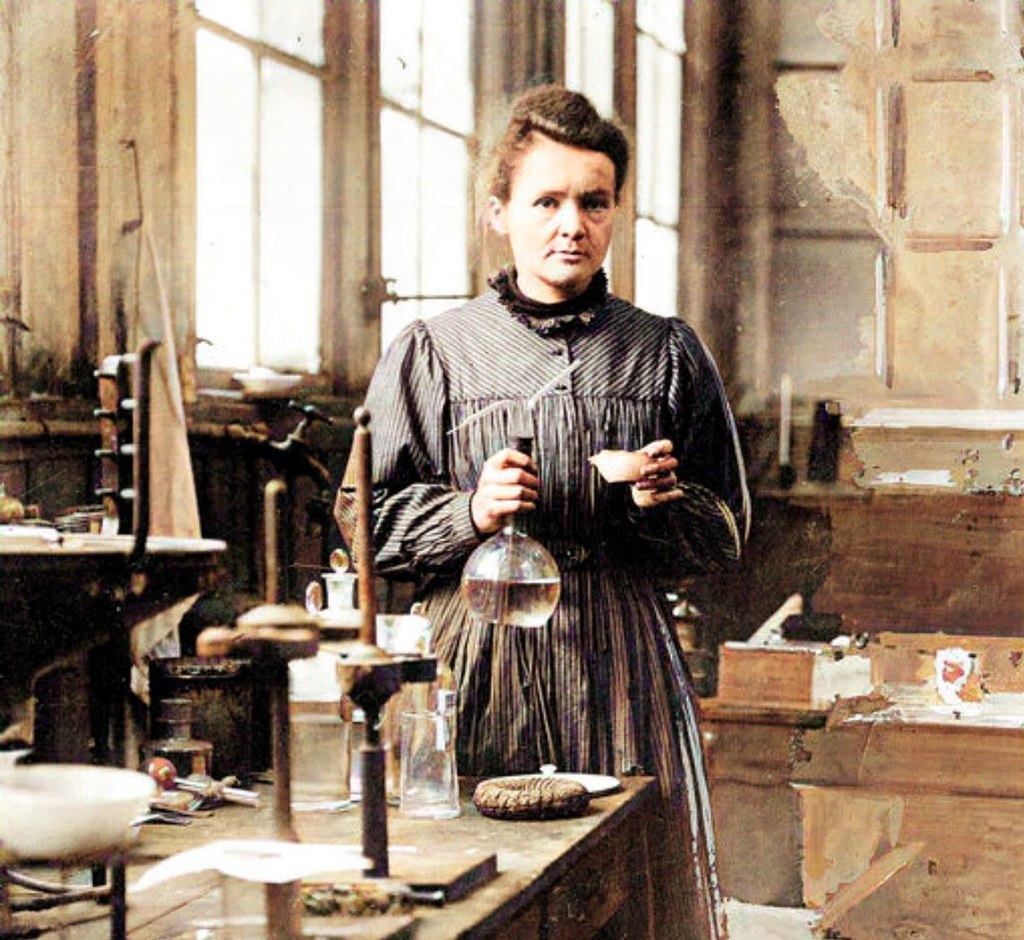
Marie Curie was born Maria Sklodowska in Warsaw, Poland, in 1867. She adopted the name “Marie” after moving to France for her education. Despite her strong ties to Poland, her work and achievements are often associated with France. This name change symbolized her new identity as a pioneering scientist in a foreign country. Yet, she never forgot her Polish roots, maintaining a deep connection with her homeland throughout her life.
She Was Denied Admission to University
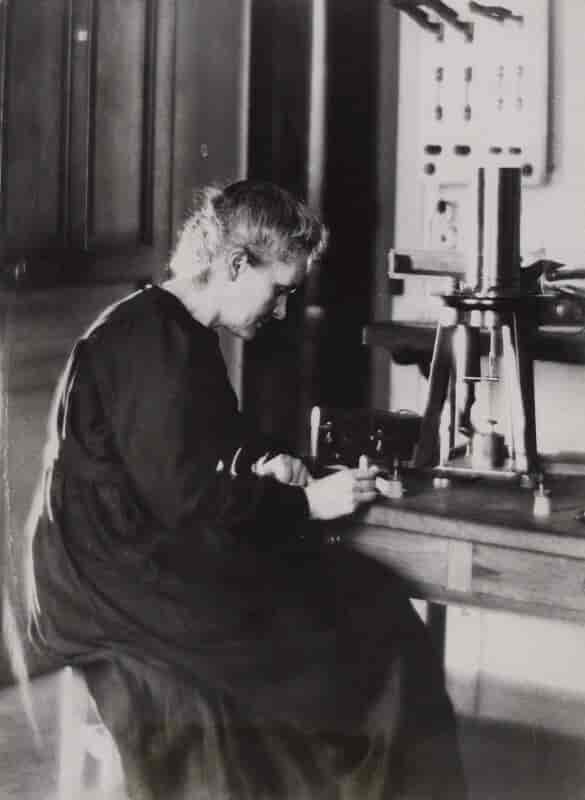
Growing up in Russian-occupied Poland, women were not allowed to attend university. Determined to continue her education, Marie and her sister Bronislawa joined an underground “floating university,” which operated in secret. This secret school allowed women to study subjects like physics and chemistry, despite the restrictions. Her thirst for knowledge eventually led her to Paris, where she enrolled at the prestigious Sorbonne University. This was a defining moment in her life and marked the beginning of her illustrious scientific career.
She Worked as a Governess to Support Her Sister
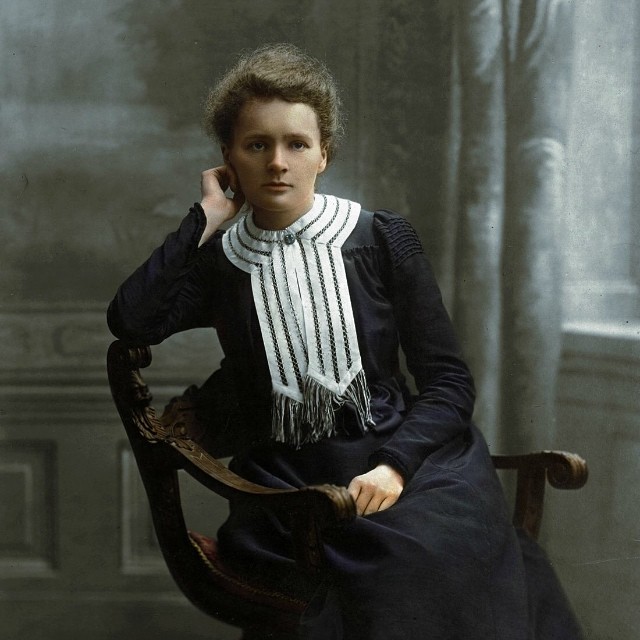
Before she could study in Paris, Marie worked as a governess for several years to help support her sister’s medical studies. This job was a significant sacrifice, delaying her own education. During her time as a governess, she continued to study on her own in the evenings, keeping her dream alive. Her perseverance paid off when she finally saved enough to join her sister in France. This period of her life showcases her dedication to both family and education.
She Met Pierre Curie Through Science

Marie met her future husband, Pierre Curie, through her work in the laboratory. Pierre was already a respected physicist when they met, but their partnership flourished both personally and professionally. They married in 1895, and their collaborative research would eventually lead to groundbreaking discoveries in radioactivity. Their relationship was based on mutual respect and a shared passion for science. Together, they formed one of the most famous scientific duos in history.
She Was the First Woman to Win a Nobel Prize
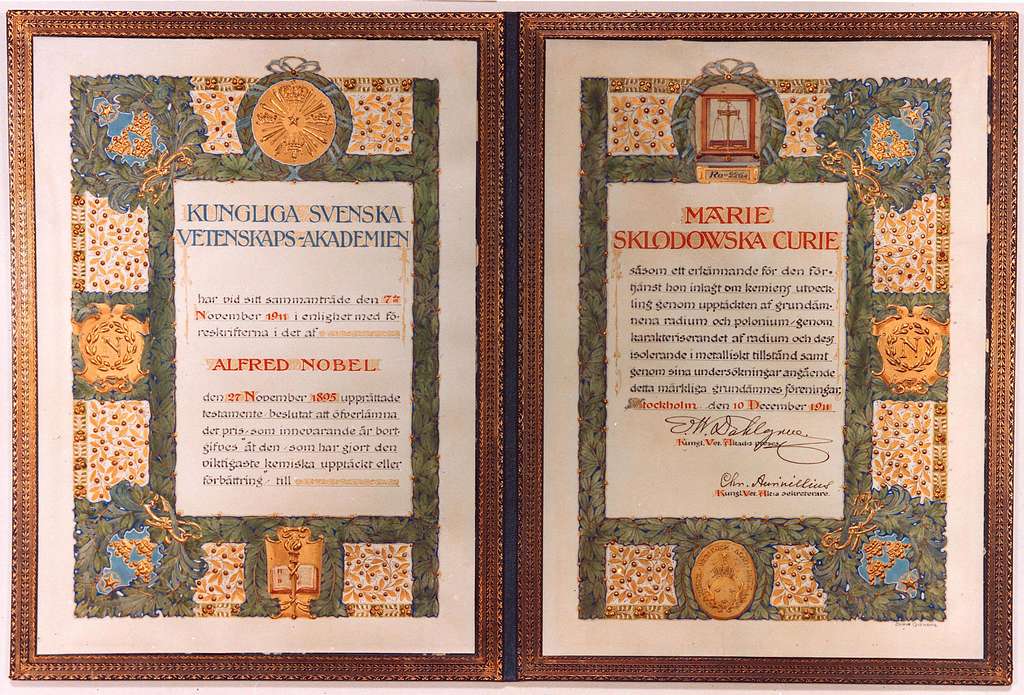
In 1903, Marie Curie became the first woman to win a Nobel Prize, sharing the award with her husband Pierre and physicist Henri Becquerel. The award was for their work in the discovery of radioactivity, a term Marie herself coined. This achievement was groundbreaking not only for science but also for women in academia. It placed her in the global spotlight, though she often downplayed her own role in favor of highlighting their teamwork. Despite her success, she faced ongoing gender bias throughout her career.
She Won Two Nobel Prizes in Different Fields
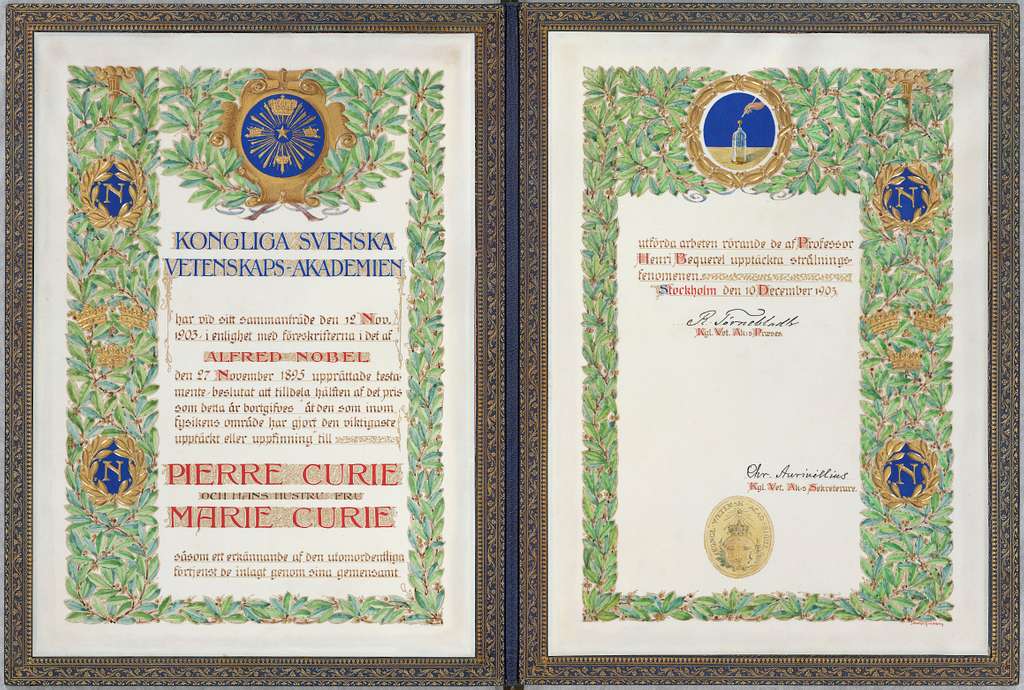
Marie Curie is the only person to have won Nobel Prizes in two different scientific fields: physics in 1903 and chemistry in 1911. Her second prize was for isolating pure radium, a monumental achievement in the study of radioactivity. This accomplishment solidified her legacy as one of the greatest scientists of all time. Despite her fame, she remained humble and focused on her research. Winning the second prize also came after Pierre’s death, making it both a professional and emotional milestone.
She Struggled Financially Despite Her Achievements
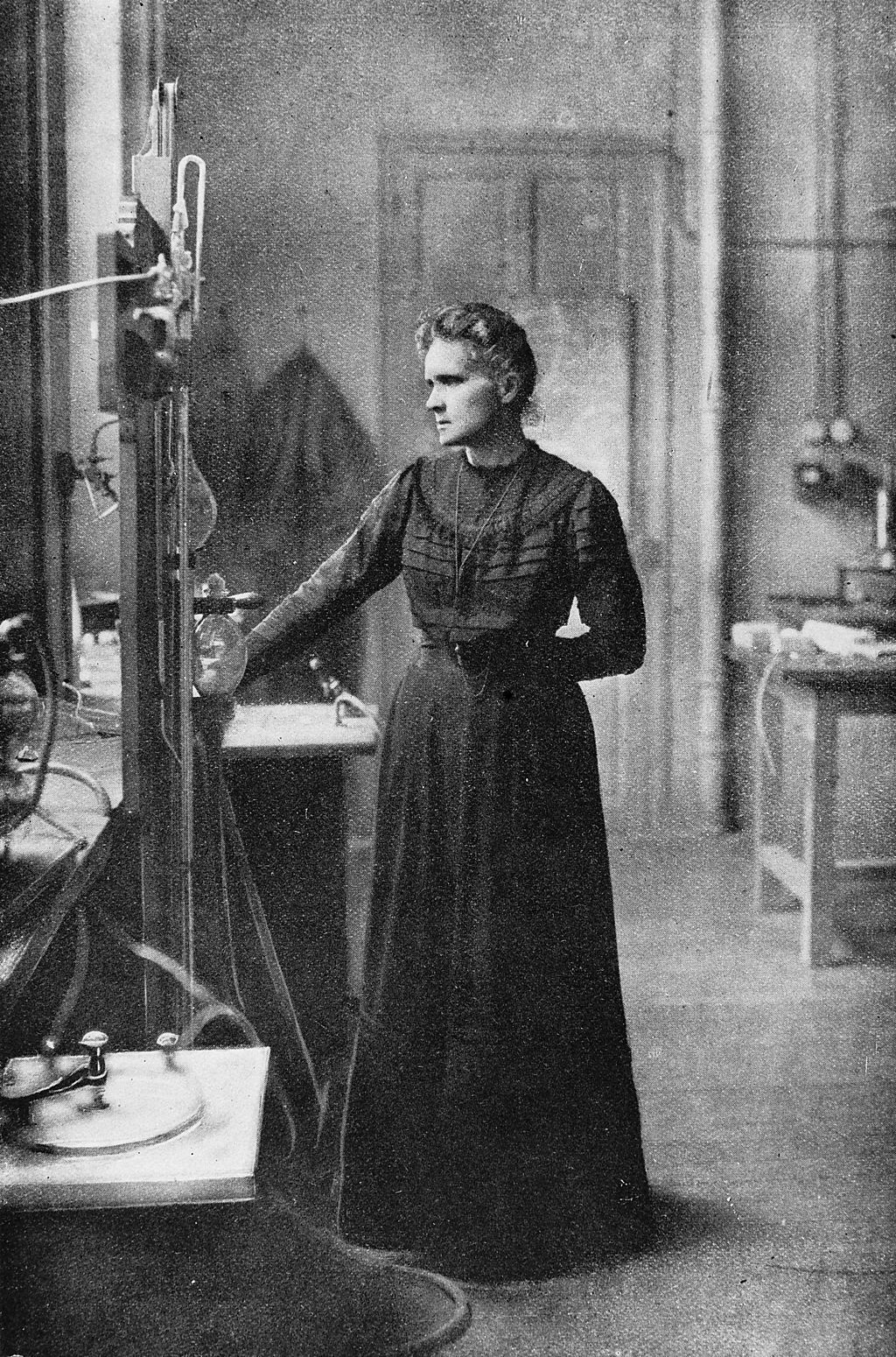
Despite her groundbreaking discoveries, Marie Curie lived much of her life with financial hardship. Even after winning her first Nobel Prize, she and Pierre struggled to afford a proper laboratory for their work. The couple worked in a makeshift lab with poor conditions, often putting their health at risk. It wasn’t until much later, with increased recognition, that she received proper funding and resources for her research. Her financial struggles reveal the challenges scientists, particularly women, faced in gaining support for their work.
She Had a Complicated Relationship with Fame
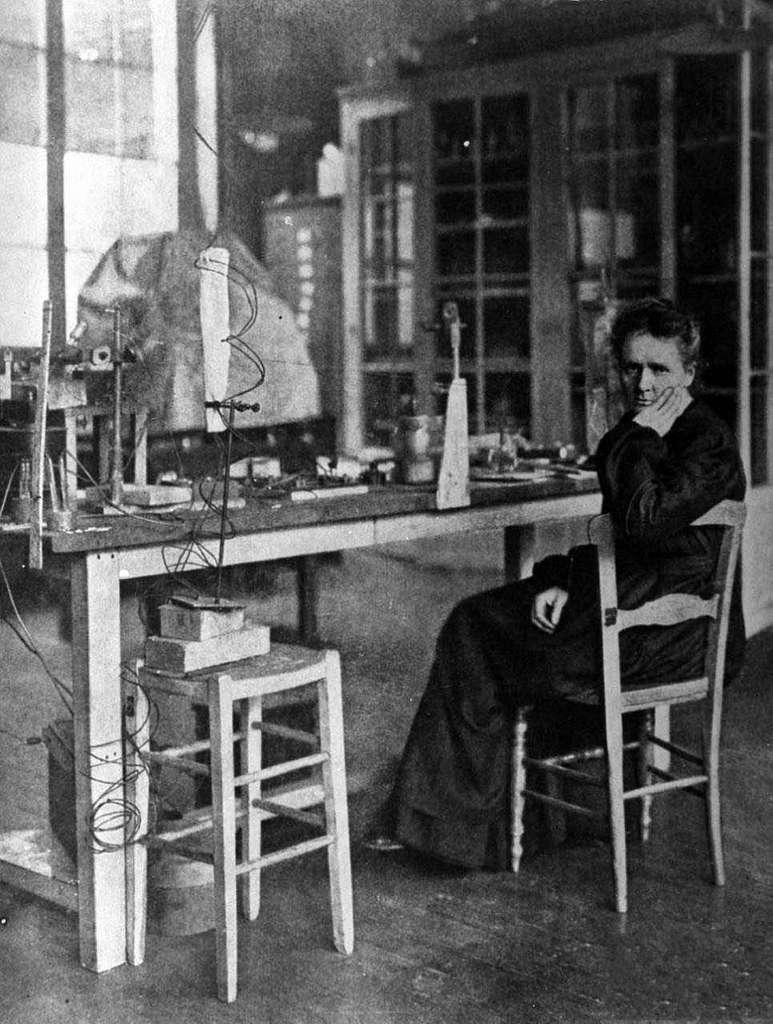
Marie Curie was deeply uncomfortable with her fame and the attention it brought. After winning her first Nobel Prize, she was thrust into the public eye, but she preferred to remain focused on her research. She often avoided public appearances and interviews, choosing to spend her time in the laboratory. This reluctance to embrace fame only made her more intriguing to the public. Despite this, she used her platform to advocate for scientific research and education.
Her Work Directly Contributed to the Development of X-rays
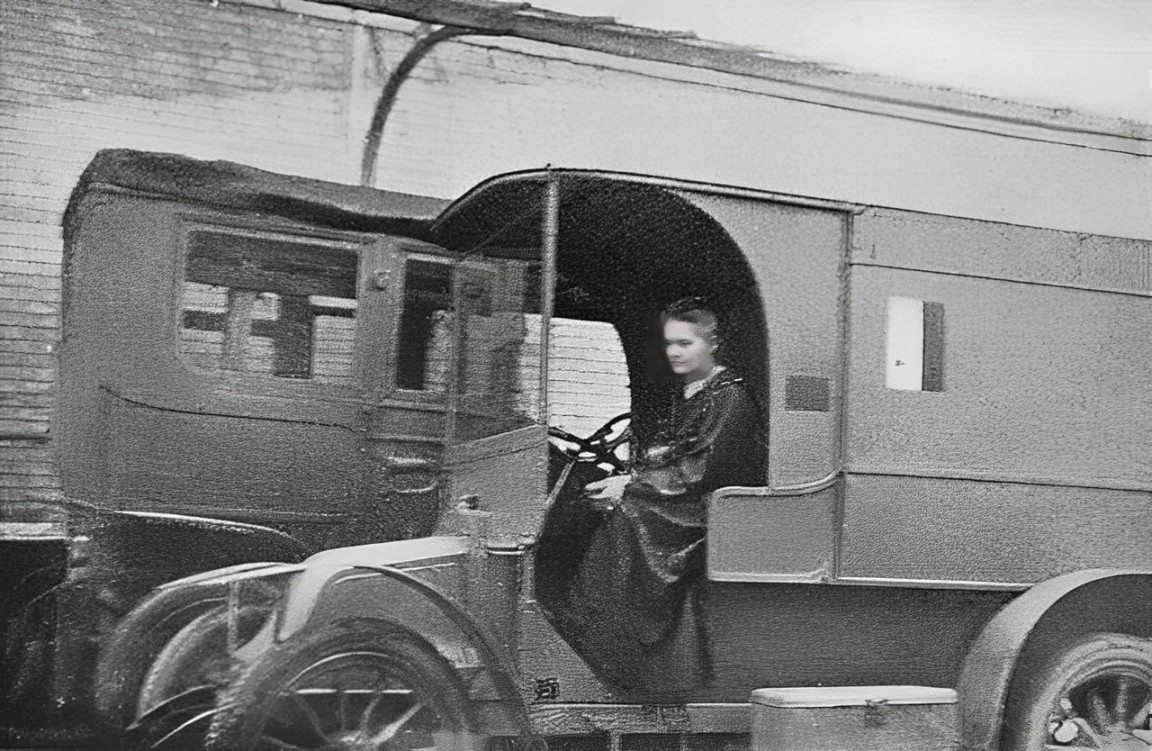
During World War I, Marie Curie developed mobile X-ray units to help treat wounded soldiers on the battlefield. She trained herself to operate these machines and even drove them to the front lines. Her contributions saved countless lives, as X-rays helped surgeons locate bullets and shrapnel inside soldiers’ bodies. She also trained other women to operate the equipment, ensuring that medical help reached as many soldiers as possible. Her wartime efforts earned her the nickname “Madame Curie” among the troops.
She Faced a Scandal for Her Relationship with a Married Man
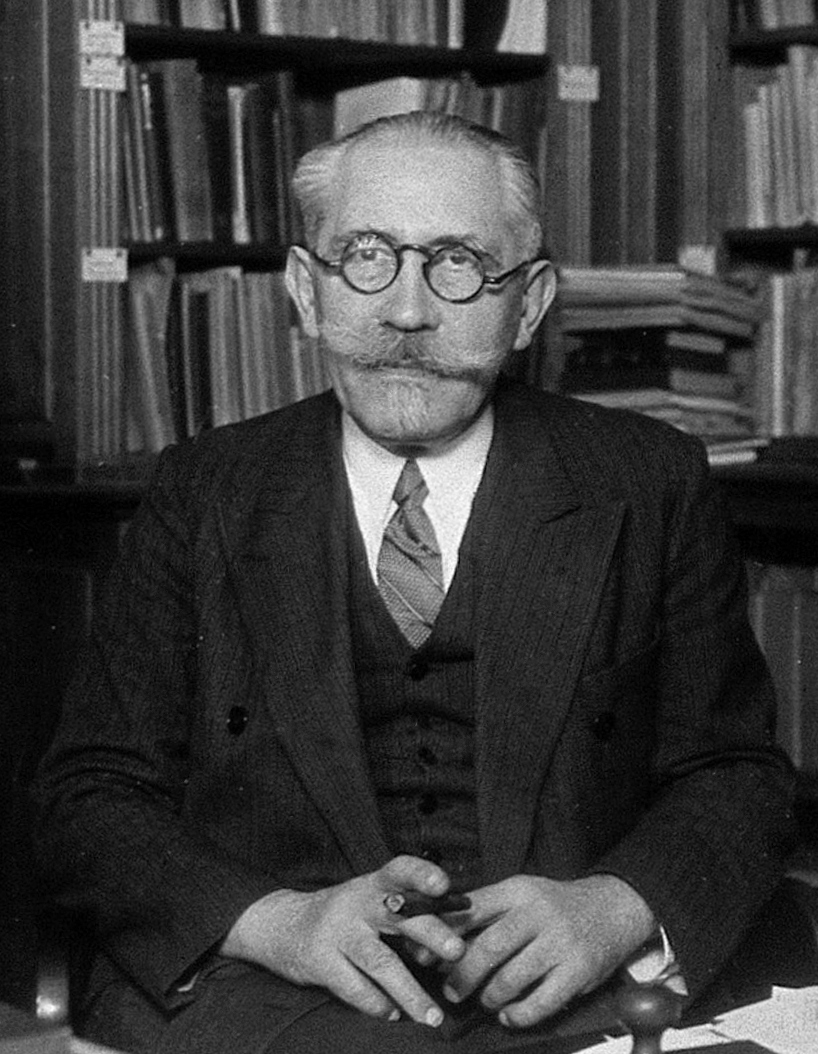
After Pierre’s death, Marie began a relationship with physicist Paul Langevin, who was separated from his wife. When news of their affair broke, the French press launched a scandalous campaign against her, accusing her of being immoral. The public outcry was fierce, but Marie refused to engage with the media, focusing on her work instead. This period was particularly painful for her, as it coincided with her second Nobel Prize win. Despite the scandal, she remained committed to her research and refused to let it derail her career.
Her Daughter, Irène, Also Won a Nobel Prize
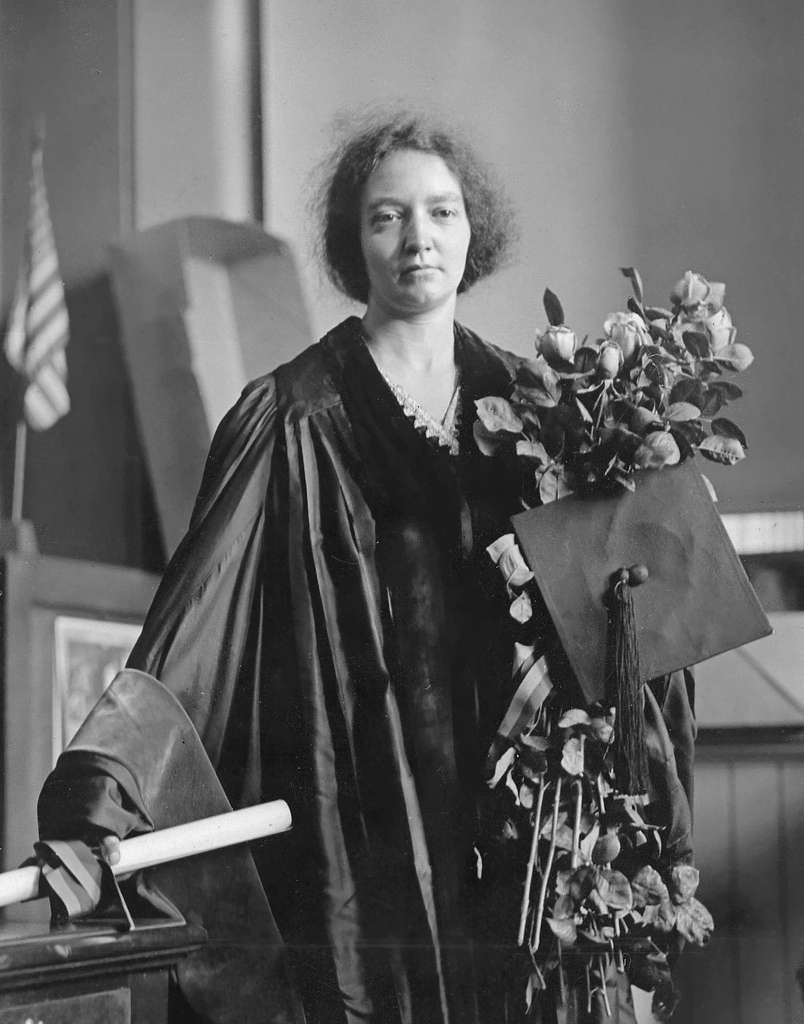
Marie Curie’s daughter, Irène Joliot-Curie, followed in her mother’s footsteps, winning a Nobel Prize in Chemistry in 1935. Irène’s research in artificial radioactivity built on her parents’ pioneering work. The mother-daughter duo is one of the few examples of two generations in the same family winning Nobel Prizes. Marie encouraged Irène’s scientific curiosity from a young age, often bringing her to the lab. This legacy of scientific excellence shows the lasting impact of Marie’s influence on both her family and the world.
She Opened the Door for Women in Science

Marie Curie’s achievements not only advanced science but also paved the way for women in the field. Her success demonstrated that women could excel in areas traditionally dominated by men. Despite the discrimination she faced, she remained a mentor and role model for young female scientists. Her work inspired future generations to pursue careers in science, technology, engineering, and mathematics (STEM). Today, many scholarships and institutions bear her name, honoring her contributions to both science and gender equality.
She Suffered from Radiation Exposure
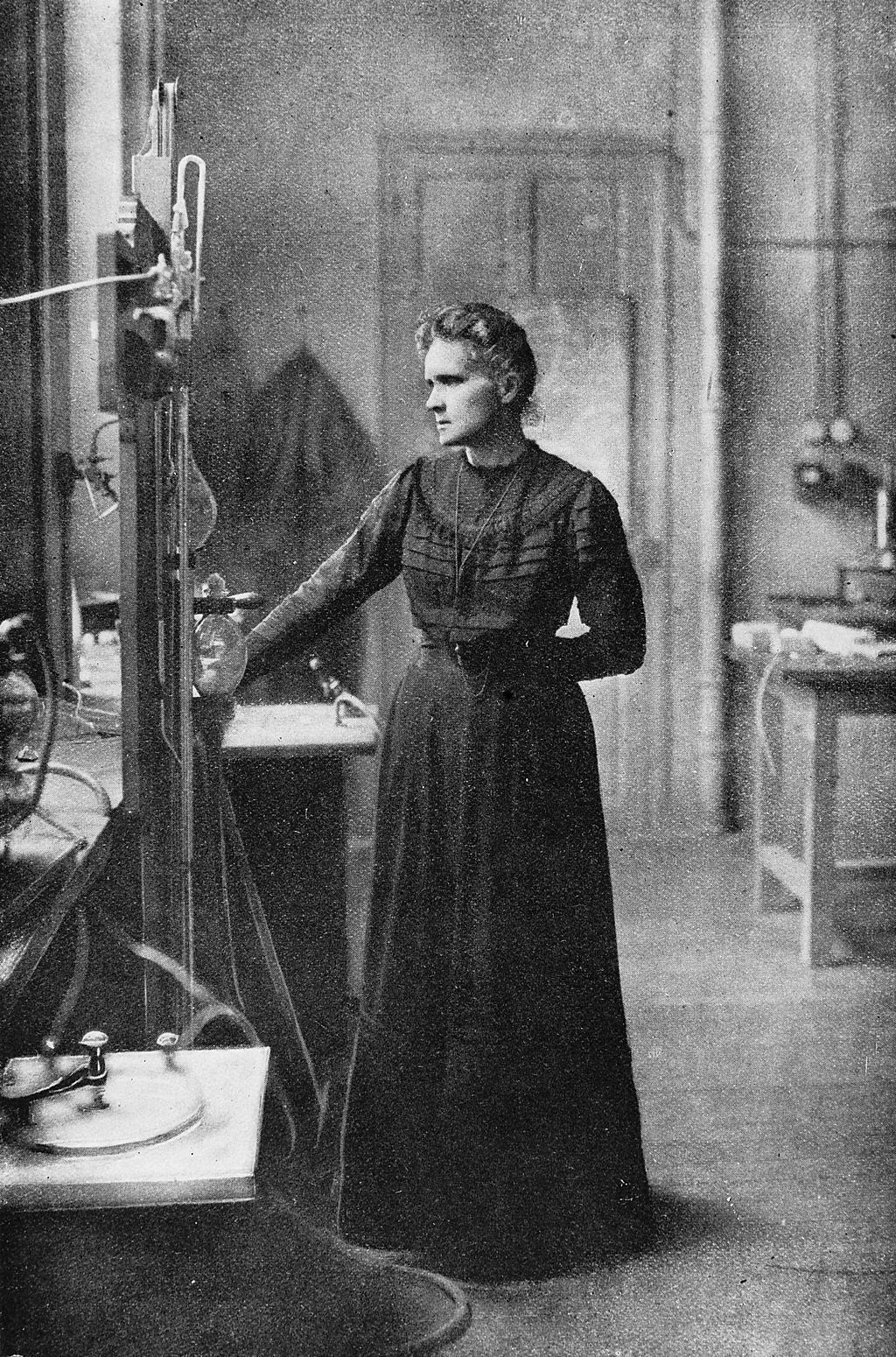
Marie Curie’s pioneering work with radioactive materials came at a significant cost to her health. At the time, the dangers of prolonged exposure to radiation were not fully understood, and she often handled these materials without protection. She developed numerous health problems later in life, including cataracts and symptoms consistent with radiation poisoning. Her notebooks and personal belongings are still highly radioactive and are stored in lead-lined boxes to prevent exposure. Despite the risks, she never regretted her work, viewing it as her life’s mission.
She Didn’t Patent Her Discoveries
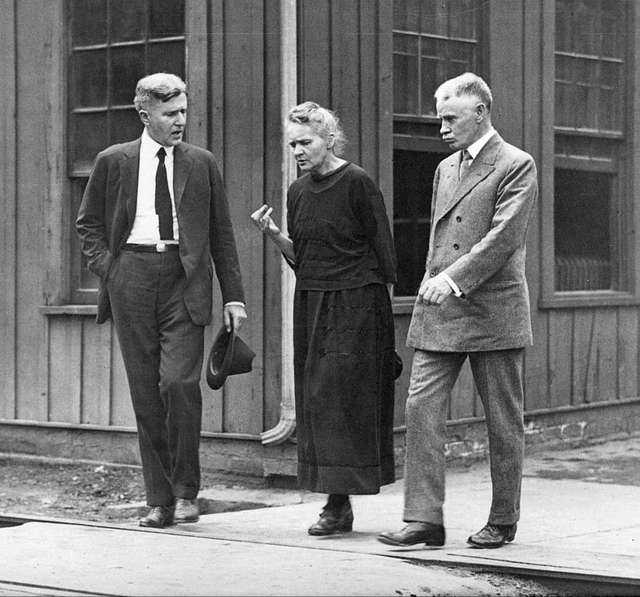
Despite the potential for immense financial gain, Marie Curie chose not to patent her discoveries. She believed that scientific research should be shared freely to benefit humanity. This decision allowed other scientists to build on her work, accelerating progress in the field of radioactivity. Her selflessness in this regard is often overlooked, but it was a crucial aspect of her character. This choice reflects her deep commitment to the advancement of knowledge rather than personal wealth.
She Was a Fierce Advocate for Education
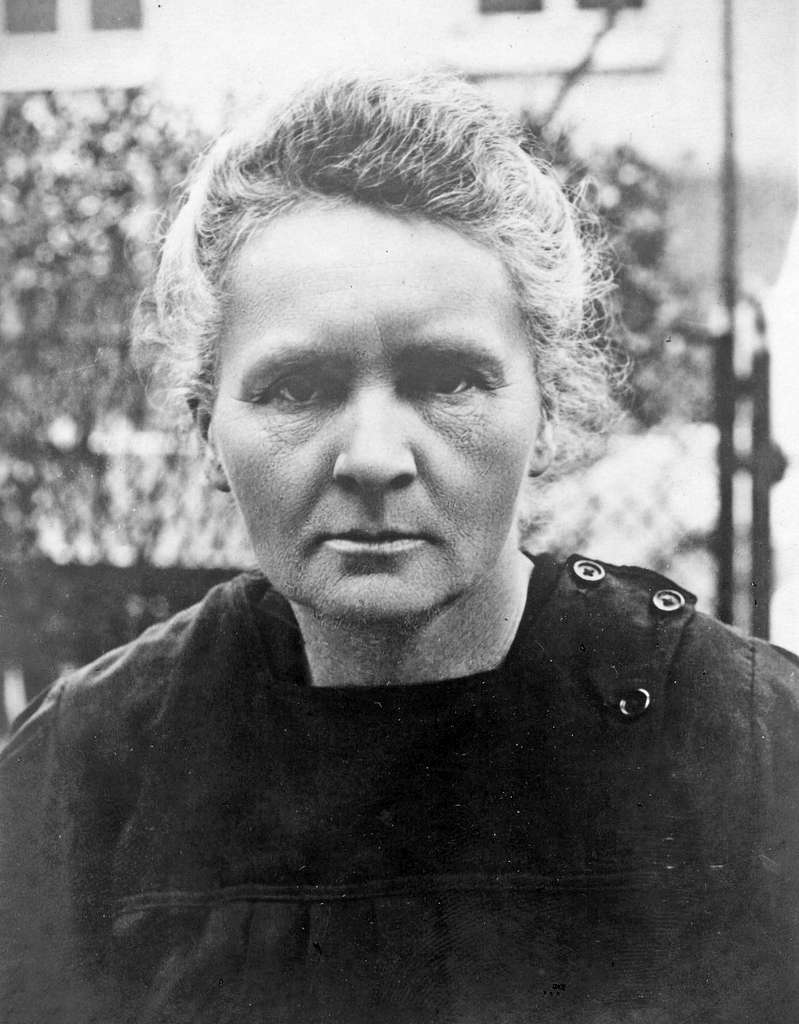
Marie Curie was passionate about education and worked tirelessly to improve scientific learning. She believed that knowledge was the key to progress and that everyone, regardless of gender, should have access to it. She founded the Radium Institute in Paris, which became a leading center for research in radioactivity. Marie also advocated for better education for women, supporting programs that encouraged young girls to pursue science. Her dedication to education extended beyond her research, making her a powerful advocate for learning.
She Kept Pierre Curie’s Clothes After His Death
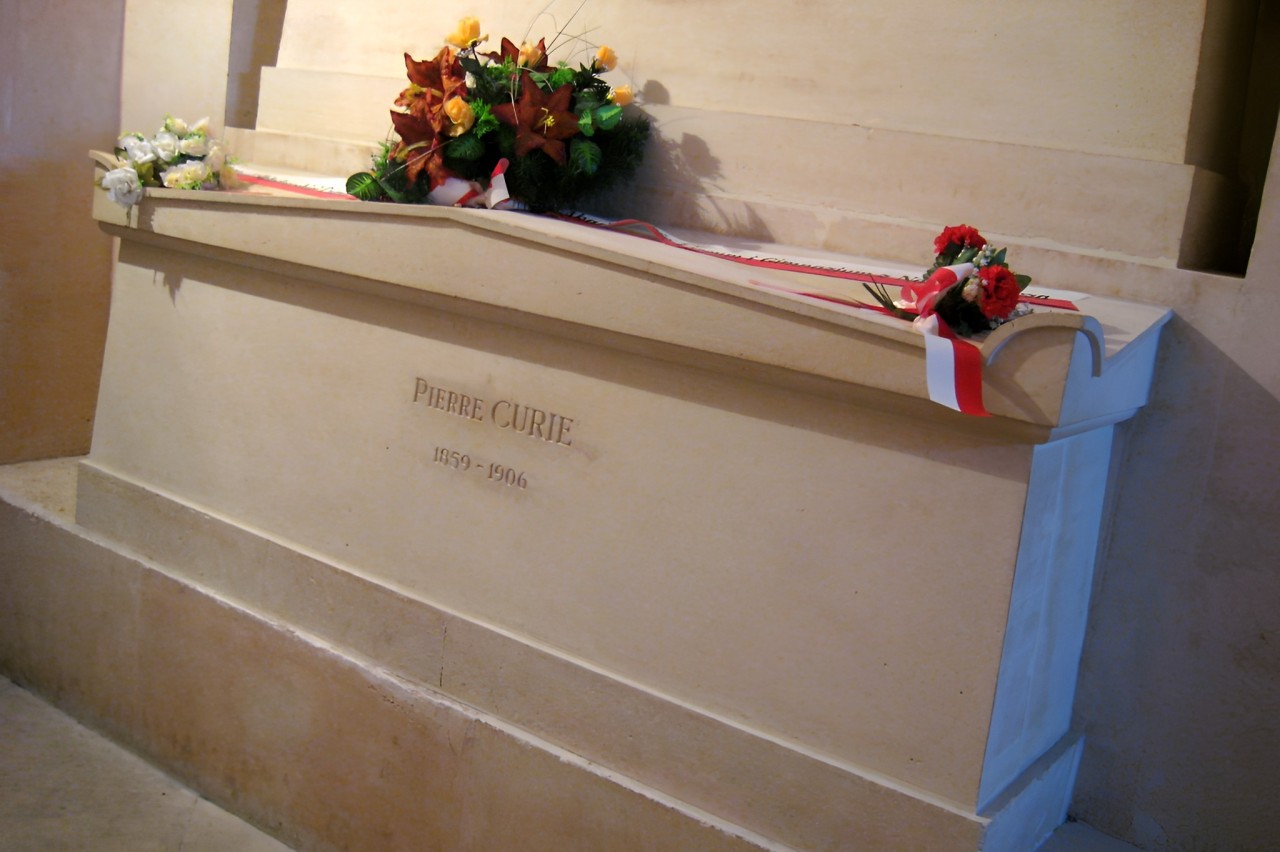
When Pierre Curie tragically died in 1906, Marie was devastated by the loss of her partner. As a way to cope with her grief, she kept his clothes and often wore them while working in the laboratory. This was her way of keeping his presence alive in her daily life, even as she continued their shared work. Marie’s mourning process was deeply private, but it affected her for the rest of her life. Despite the personal tragedy, she went on to make significant solo contributions to science.
Her Legacy Continues to Inspire
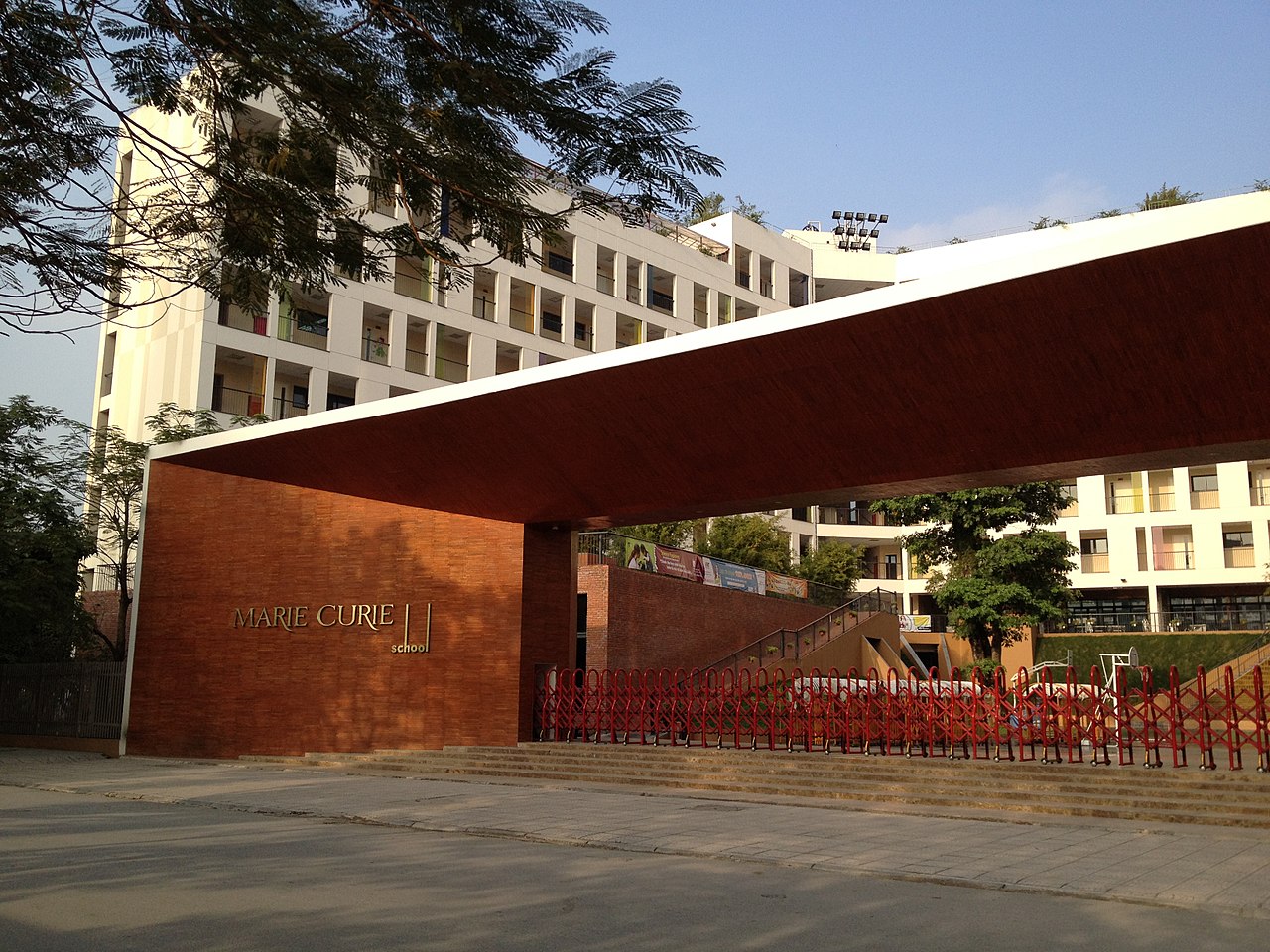
Marie Curie’s life and work continue to inspire people around the world. Schools, research institutes, and scholarships are named in her honor, ensuring that her contributions are never forgotten. Her pioneering role as a female scientist in a male-dominated field has made her a symbol of perseverance and achievement. Marie’s story is a reminder of the power of dedication, intelligence, and passion in changing the world. Her legacy lives on in the countless lives touched by her discoveries.
Marie Curie’s life was full of remarkable achievements and personal challenges that shaped the world of science. Her legacy continues to inspire scientists and women everywhere. From her groundbreaking discoveries to her tireless dedication, she remains a symbol of perseverance. Marie Curie’s contributions will always be remembered for their lasting impact on humanity.
This article originally appeared on UnifyCosmos.
More from UnifyCosmos
20 Pioneering Inventors Who Changed the World
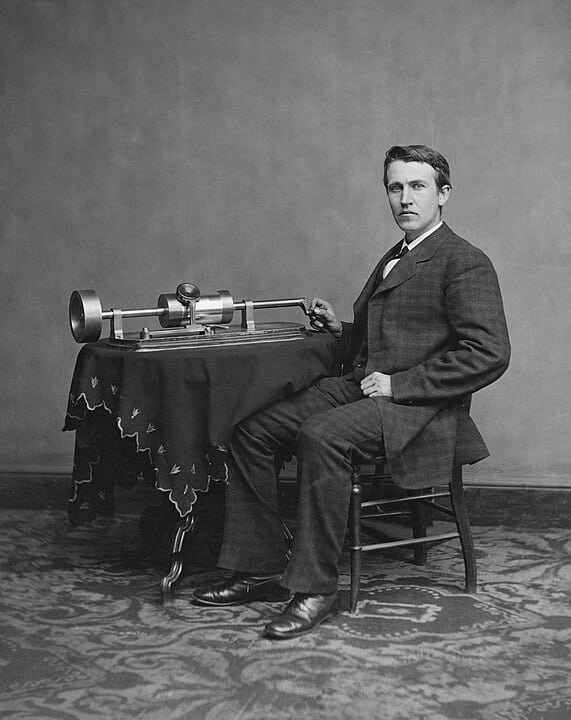
In history, a few inventive minds have truly reshaped the world. These pioneering inventors didn’t just create new devices—they sparked revolutions that transformed how we live, work, and connect. Read More
21 Unbelievable Facts About the Construction of the Burj Khalifa

What went into building the Burj Khalifa is as astonishing as its towering height. This architectural marvel stands as a symbol of human ingenuity, pushing the boundaries of engineering and design. Read More
20 Serene Riverfront Lodges for a Calm Escape
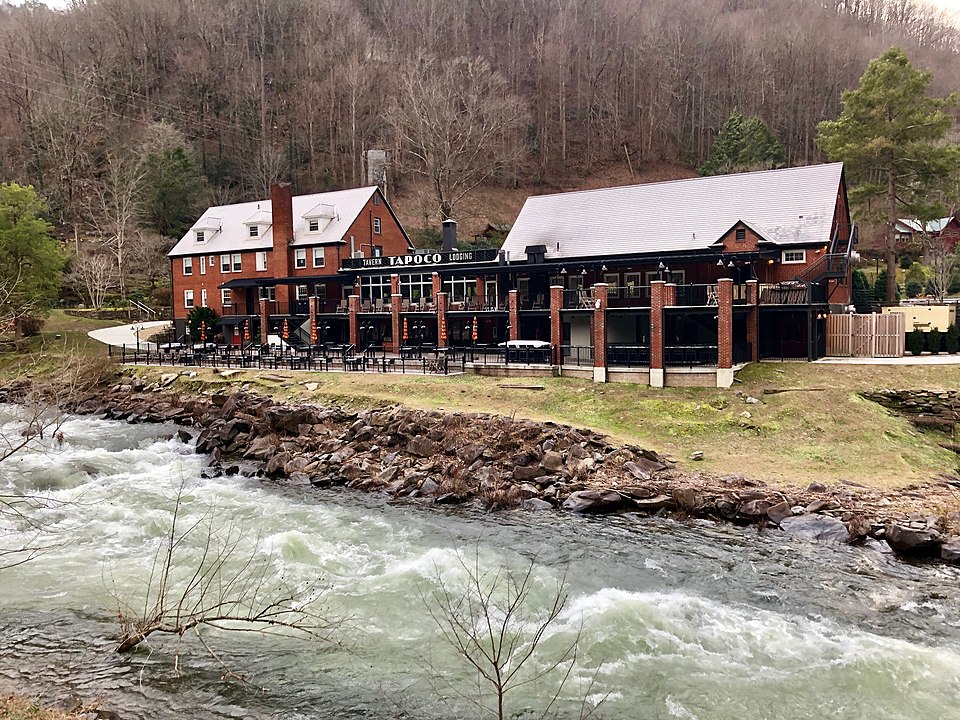
Looking for a peaceful getaway where the soothing sounds of a river can wash your worries away? Riverfront lodges offer the perfect blend of natural beauty and tranquility, making them ideal for a calm escape. Read More
Leave a Reply